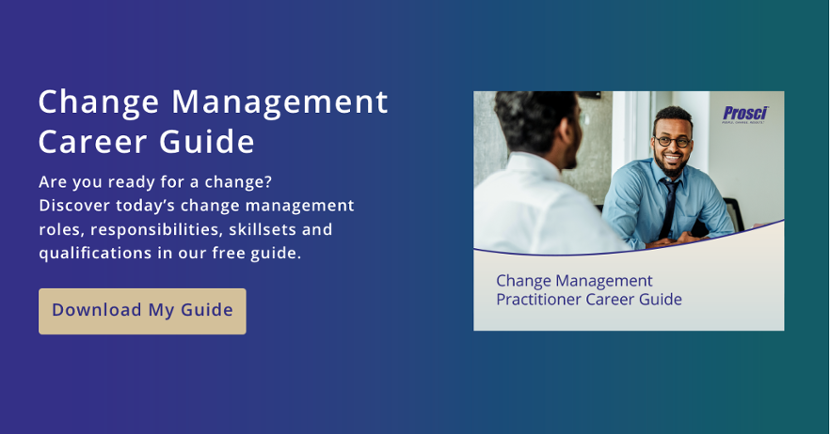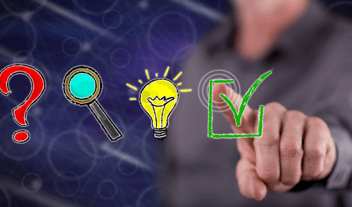Practitioner Spotlight: A Change Practitioner's Unique Journey
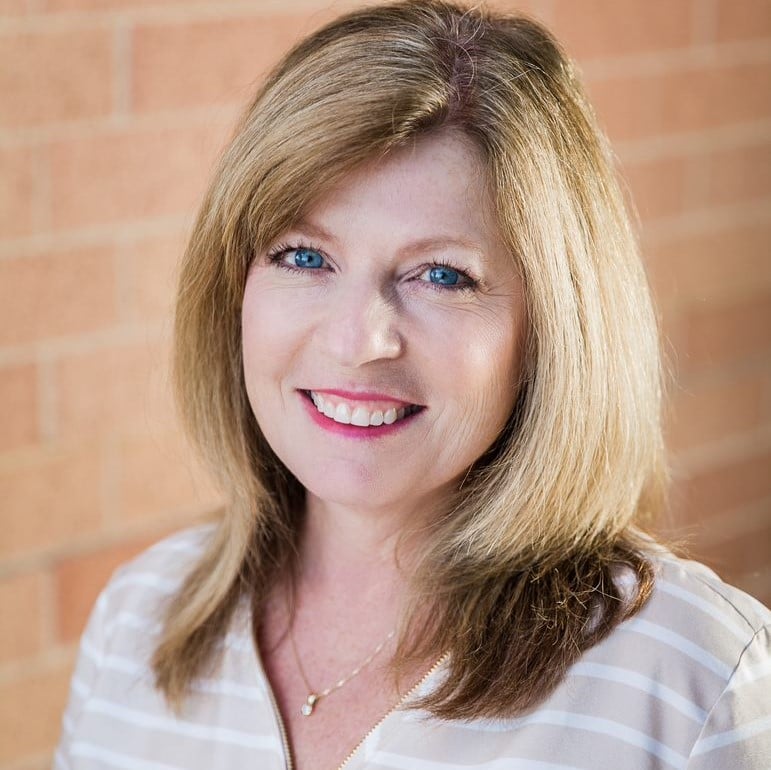
4 Mins
Updated: March 10, 2024
Published: September 16, 2020

David Martinez is a Prosci Senior Change Advisor and the former Senior Business Strategy and Analysis Manager for the Founder Department at Vulcan Inc. in Seattle, where he led the effort to build a change management program. He didn’t start out as a change management practitioner. Instead, he worked in other areas that were a natural fit, and eventually headed down his own unique journey to change management. Here’s how he got started.
Starting a Career in Change Management
David, before we talk about how you started your journey, can you describe your former role at Vulcan Inc. for our readers?
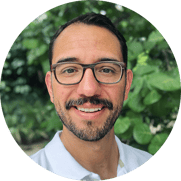 Sure. My role was to help build and execute a change management program that met the needs of Vulcan Inc. Another task was to help support development of a project management office. I'd say these two areas were my primary focus for a year. Occasionally we'd add a task, such as to inventory everything in the company, and my role was to determine how to go about it.
Sure. My role was to help build and execute a change management program that met the needs of Vulcan Inc. Another task was to help support development of a project management office. I'd say these two areas were my primary focus for a year. Occasionally we'd add a task, such as to inventory everything in the company, and my role was to determine how to go about it.
Your most recent change management roles are quite advanced. How did you get started in change management?
Before I joined Vulcan and later Prosci, I was a consultant. What led me to change management were some of my first roles as a project manager, and really understanding what a true broad, complex project was. And when we're talking about adoption and usage, what that really means. Having clear scope, timelines, and a good project plan. And understanding who the people involved were. This particular large project I was working on was global, and we had a lot of partners from around the world, so understanding their needs was an early lesson.
Prosci's free, 14-page career guide offers deep insights about today's change management
roles, responsibilities, qualifications and more.
Next, I worked in a technology group helping onboard the team to Agile methodology, gathering and managing requirements from a business level, a technical level, and a functional level. If I relate that to the ADKAR Model and change management, that was the Awareness stage to me. When you're capturing requirements, you're sitting with stakeholders and they're telling you what they need out of this solution. You're not making promises, but you're building that early level of Awareness to say, "Hey, this is what we're trying to do, tell me what you need out of it." And at that same time, you're bringing people along to Desire. For this to be successful, this is what your stakeholders need.
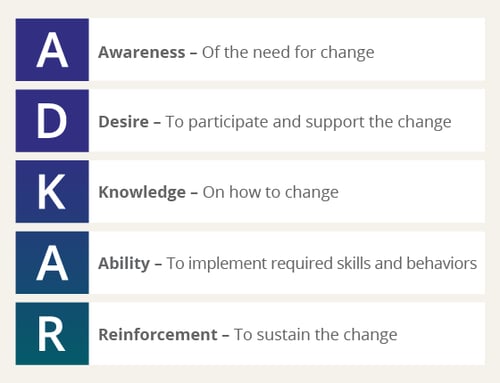
Later, I was the training and development lead for our firm. That drove me to understand the learning needs of the people I was working with, which maps to that "K" level of understanding and assessing, “How are we building Knowledge?”
Consulting really helped build the experience I needed when the firm decided to add change management as one of our capacities. And I was in the first group to go through the Prosci Change Management Certification. That really connected all the dots for me.
When Vulcan’s founder, Paul Allen, passed away, the company went through a reorganization. How did your change management background help you then?
You know, when people go through a significant change, if I go back into my Kübler-Ross of seven stages, that initial shock everyone feels is, “Why now?” It’s one of those times when people go from zero to me. And anytime you're doing any kind of reorganization, people get frustrated and say, "You don't understand what I do.
We tried to be as transparent as possible, still caring for each impacted individual, taking our time, sharing the story—but knowing at the end of the day, people aren't going to be happy. Taking from Prosci best practices, we decided not to sugarcoat it. We had just lost our founder. Let’s not say that isn't a big thing. Instead, we communicated that we were trying to figure out what's next.

Coming to the realization that we weren't just painting the roses red and hiding things actually helped us build credibility for change management. While people were frustrated and upset, it allowed us to grow and change. Because we were kicking off change management at the same time, this helped us get high-level involvement from people across the company to say, "All right, well, we know more change is coming, and we want to be a part helping to shape it to make sure our employees are taken care of."
What backgrounds and skills do you think help make change practitioners successful?
Having a learning and development background is very helpful, especially in understanding learning preferences. Some people want learning that is very direct, quick training with bullet points, and want to learn largely on their own. Others need an in-person or Zoom conversation to ask questions and go back and forth.
I think anyone with a strategic background, such as an analyst or consultant could be a good fit. And someone who has a good background in facilitation. So much about change management is not having the answer to the question. It's how you ask the question to get the group to interact.
So, if you take something like the Prosci Change Triangle (PCT) Model, it’s not about the score. It's about everyone in the room having the dialogue and asking the questions like, “Why is this scored a one?" "What makes you feel like this?" "What can we do to improve these scores?”
That's true of every element of any documentation you create. It's not about the answer itself, it's that everyone's on the same page. The key part of being a good change leader is having that ability to facilitate that dialogue and get all the right stakeholders talking to one another. At Vulcan and at Prosci today, I find that when my role goes silent while sitting in some larger meetings, it's because I'm seeing that facilitation happening. And when I do get involved, it's to ask a question.
What are you focused on today in your change practitioner journey?
The ADKAR Model is such as a great acronym for an individual's journey, mine included. Asking myself, "Am I at the Awareness stage, or am I at Desire?" That was a big part of what we were trying to do at Vulcan. To have everyone reflect and say, "My individual role is to know where I am in the change journey." "Am I passively or actively resisting this change?" "What can I be doing to make things better?" And today, I'm focused on applying that experience in Prosci's Advisory Services work to help clients grow and build change capability in their organizations.

